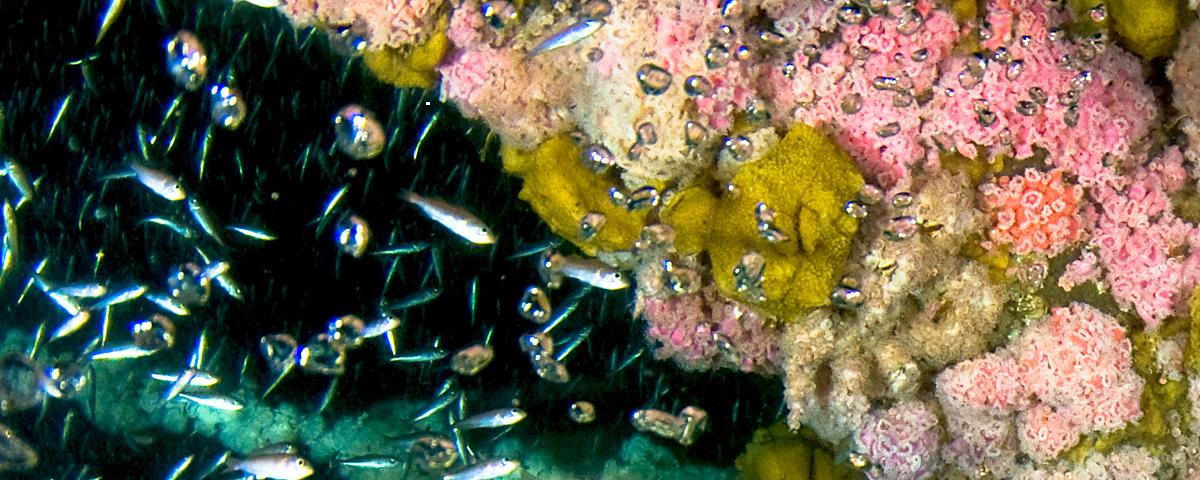Use of oil and gas platforms as habitat in Louisiana's artificial reef program
Abstract
Louisiana's offshore oil and gas industry began in 1947 when the first well was drilled out of sight of land south of Terrebonne Parish, Louisiana. Today, over 3,837 offshore oil and gas platforms have been installed, supplying 25% of the United States' production of natural gas and approximately 13% of its oil. In addition to meeting the world's energy needs, these structures also form one of the world's most extensive defacto artificial reef systems. However, Federal regulations require that these structures be removed within 1 year after the mineral lease is terminated. Disposal of obsolete offshore oil and gas structures is not only a financial liability for private industry but can be a loss of productive marine habitat. In 1986 the Louisiana Fishing Enhancement Act was signed into law, in response to the National Fishing Enhancement Act, creating the Louisiana Artificial Reef Program. This program was designed to take advantage of fishing habitat opportunities offered by these obsolete platforms. Since the program's inception, 25 reef sites, utilizing the components jackets and decks) of 71 obsolete platforms, have been created off Louisiana's coast. The use of obsolete oil and gas platforms in Louisiana has proved to be highly successful. Their large numbers, design, longevity, and stability have provided a number of advantages over the use of traditional artificial reef materials. The participating companies also save money by converting the structure into a reef rather than abandoning it onshore. They then are required to donate a portion of the savings to the state to run the artificial reef program. One disadvantage, however, is that the large size of these platforms restricts the distance from shore where they can be sited. To achieve the minimum clearance of 16 m over a submerged structure, as required by the Coast Guard regulations, the platforms must be placed in waters deeper than 30 m. Waters of this depth are found between 22 km and 115 km from shore on Louisiana's gently sloping continental shelf, making them almost inaccessible to many anglers. Funds generated by the program, however, can be used to develop reefs closer to shore if alternative low profile materials are used. Due to high maintenance costs of both the structure and aids to navigation, the increased liability exposure and the undetermined cost of removing the structure once it becomes a hazard to public safety and navigation, leaving the structures standing in place has thus far proved not to be a viable option in Louisiana.

